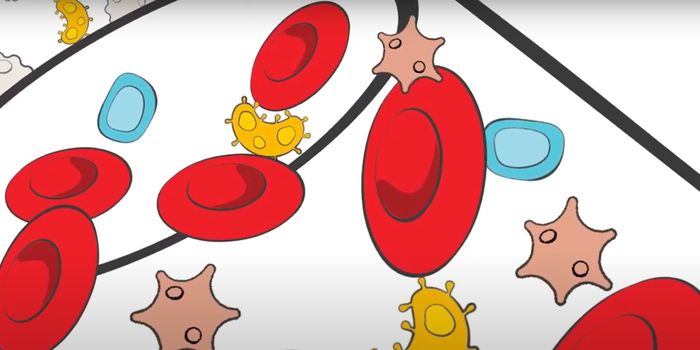Billions of neurons make up our brains. Neurons, or nerve cells, are the core components of our central nervous system and ganglia of the peripheral nervous system. They are specialized cells that process and transmit information through electrical and chemical signals.
We have several different types of neurons in the body. Some are a millimeter long and others run the whole length of a leg. The typical neuron has three basic parts: soma (cell body), dendrites, axon. While some neurons lack dendrites and axons, every neuron has a soma. This is because the soma is the neuron's life support. it contains the nucleus, mitochondria, ribosomes, and other necessary parts. If the soma dies, the entire neuron dies.
The axon is a long cable-like extension that uses electrical impulses to send messages to other neurons, glands, and muscles. The axon is called a nerve fiber when encased in a protective layer of fatty tissue called the myelin sheath. The myelin acts as an electrically insulating layer that helps prevent the electric current from leaving the axon. The myelin also speeds up the transmission of messages.
Dendrites receive messages from other cells and relay those messages to the soma. The thin structures look like branches arising from the soma.
Synapses are the contact points between neurons. They allow neurons to send electrical or chemical signals to other neurons. The microscopic gap between the synapses and the neighboring axon is called the synaptic gap. When an action potential runs to the end of an axon, it activates chemical messengers, called neurotransmitters. The neurotransmitters jump the synaptic gap and land on receptor sites the receiving neurons. They excite or inhibit the receiving neuron. In a process called reuptake, the neurotransmitter is then reabsorbed the neurotransmitter transporter.
We have over a hundred kinds of neurotransmitters, and most are either excitatory neurotransmitters or inhibitory neurotransmitters. Excitatory neurotransmitters rev up neurons, increasing the chance the neuron will fire off an action potential. Inhibitory neurotransmitters calm down neurons, decreasing the chance the neuron will jump into action. Glutamate and GABA are the two most common neurotransmitters. Over 90 percent of all neurons in the brain release either glutamate or GABA. Glutamate is an important neurotransmitter and GABA is a major inhibitory neurotransmitter.
Some neurotransmitters can both excite or inhibit neurons. For instance, acetylcholine, which enables muscle action, learning, and memory, can excite or inhibit neurons depending on the type of receptor the neuron encounters.








